👇Thread.
Published a new essay: The red flags and magic numbers that investors look for in your startup’s metrics – 80 slide deck included!
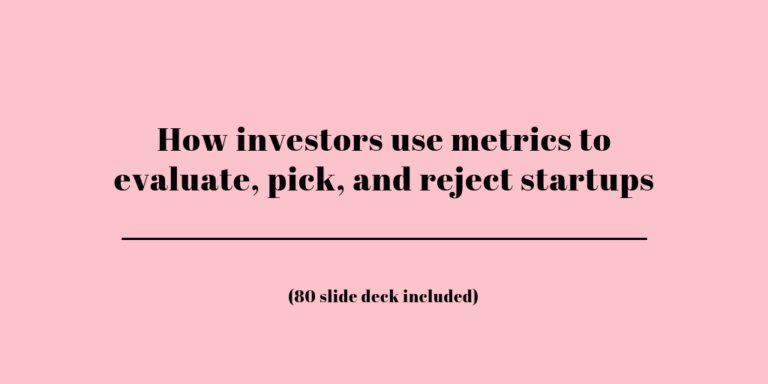
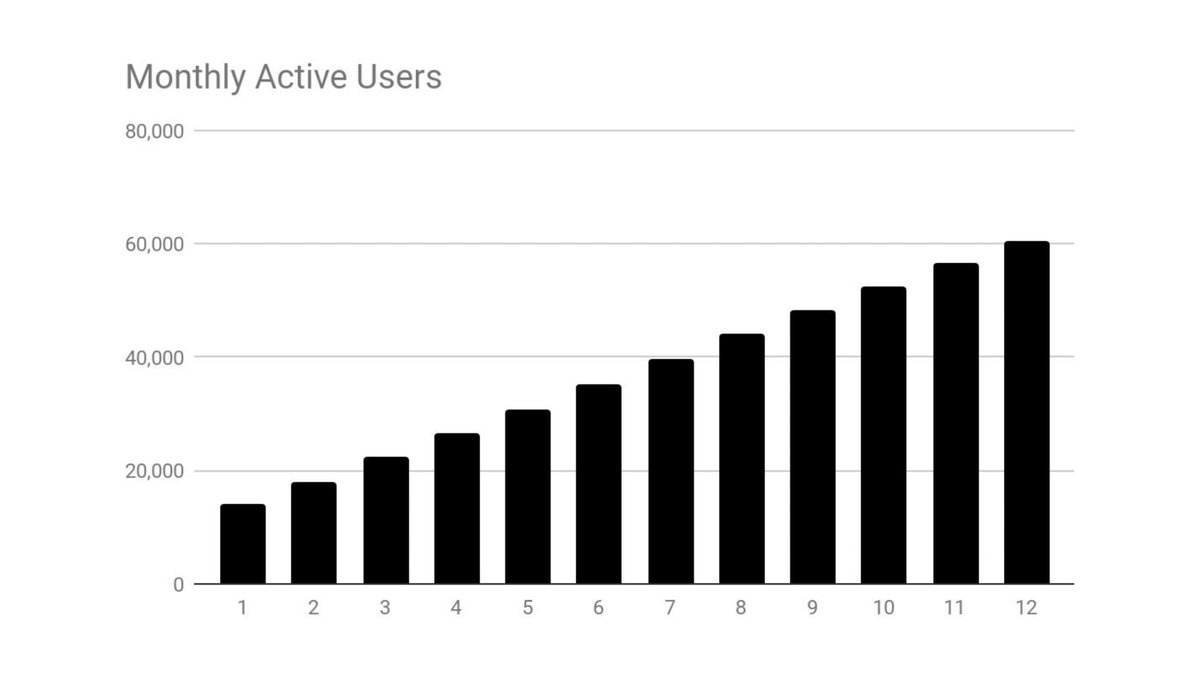
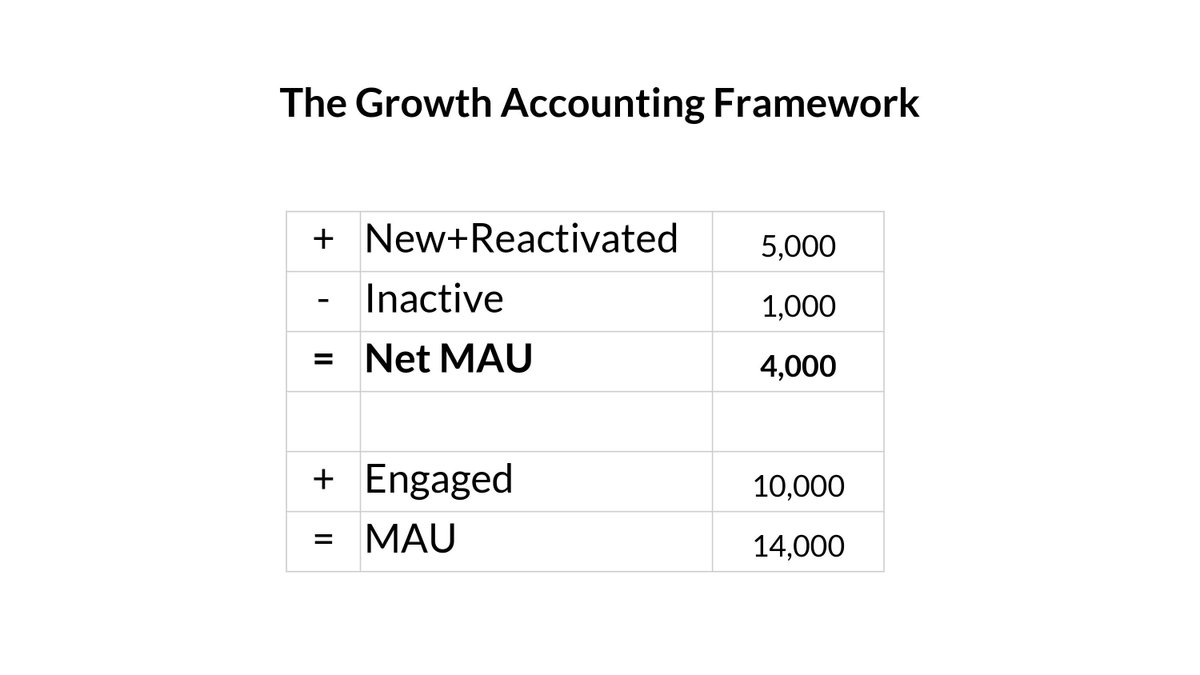
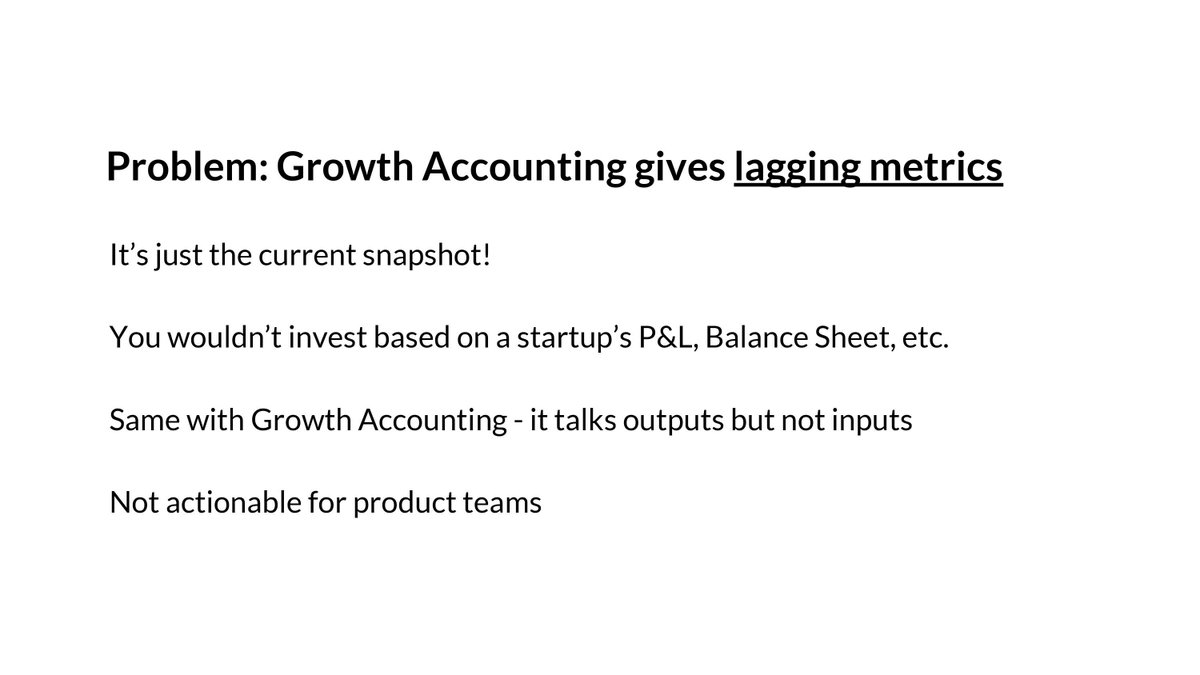
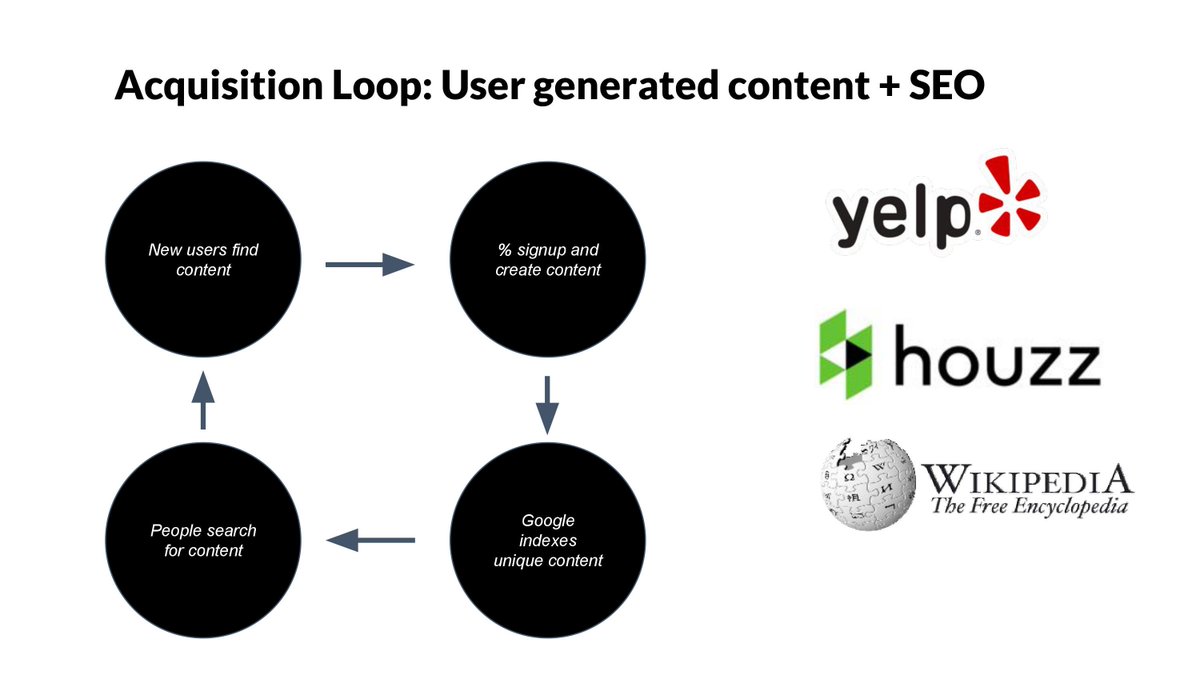
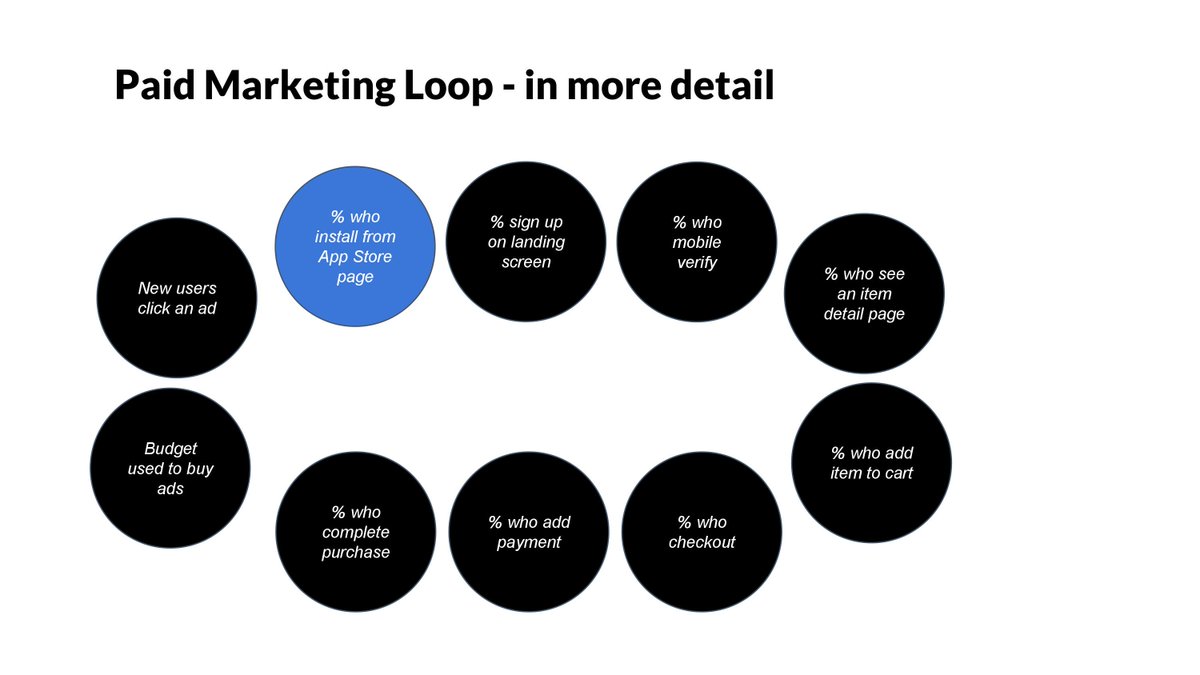
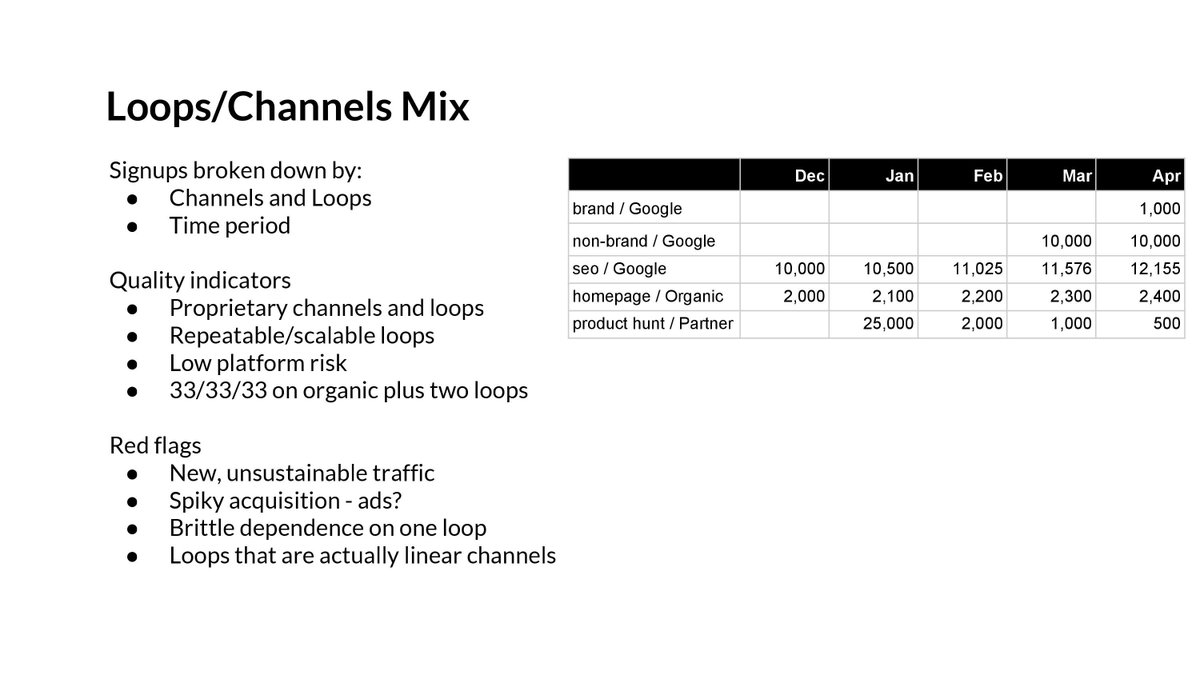
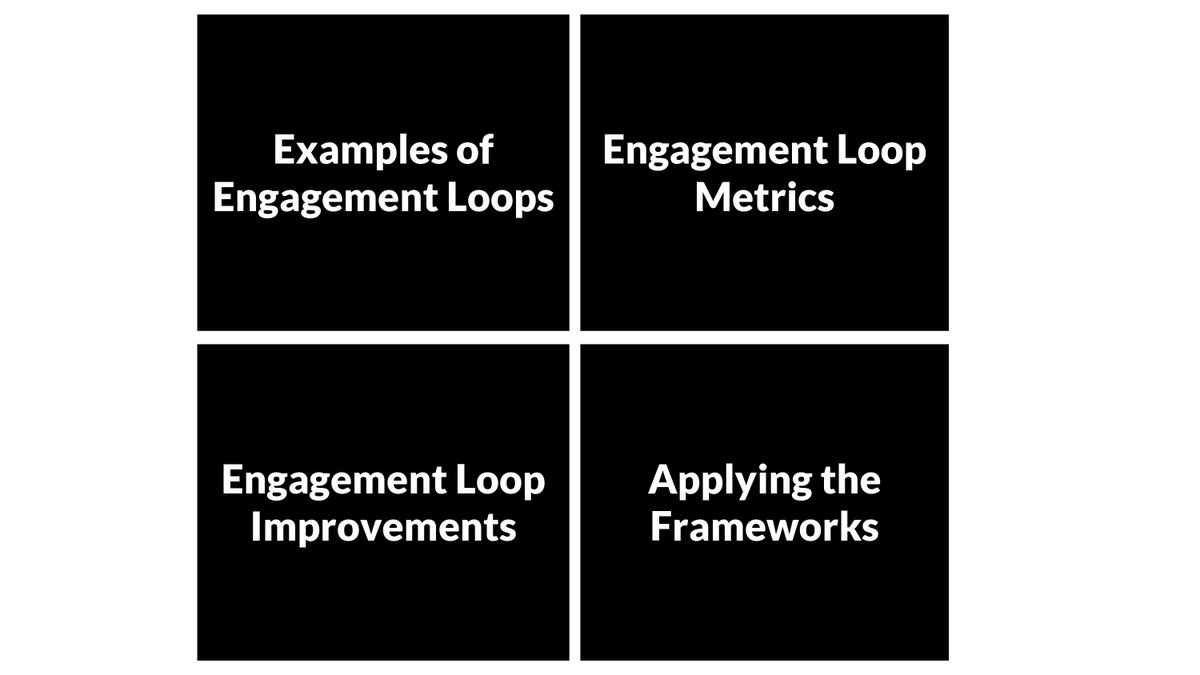
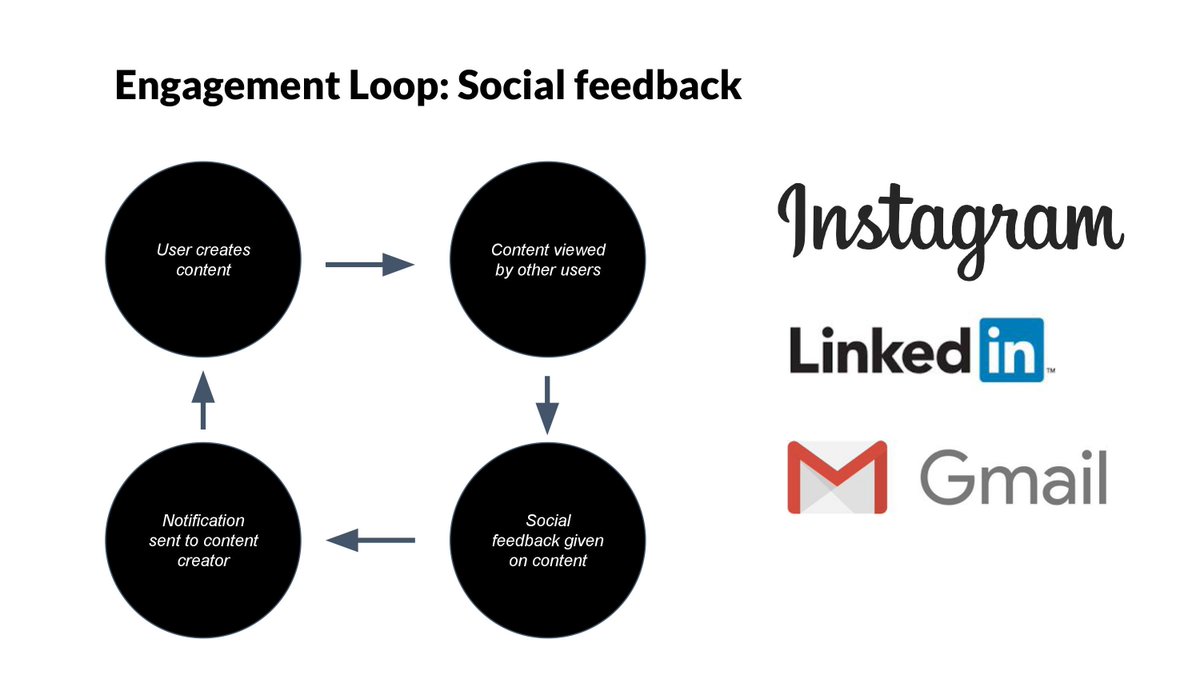
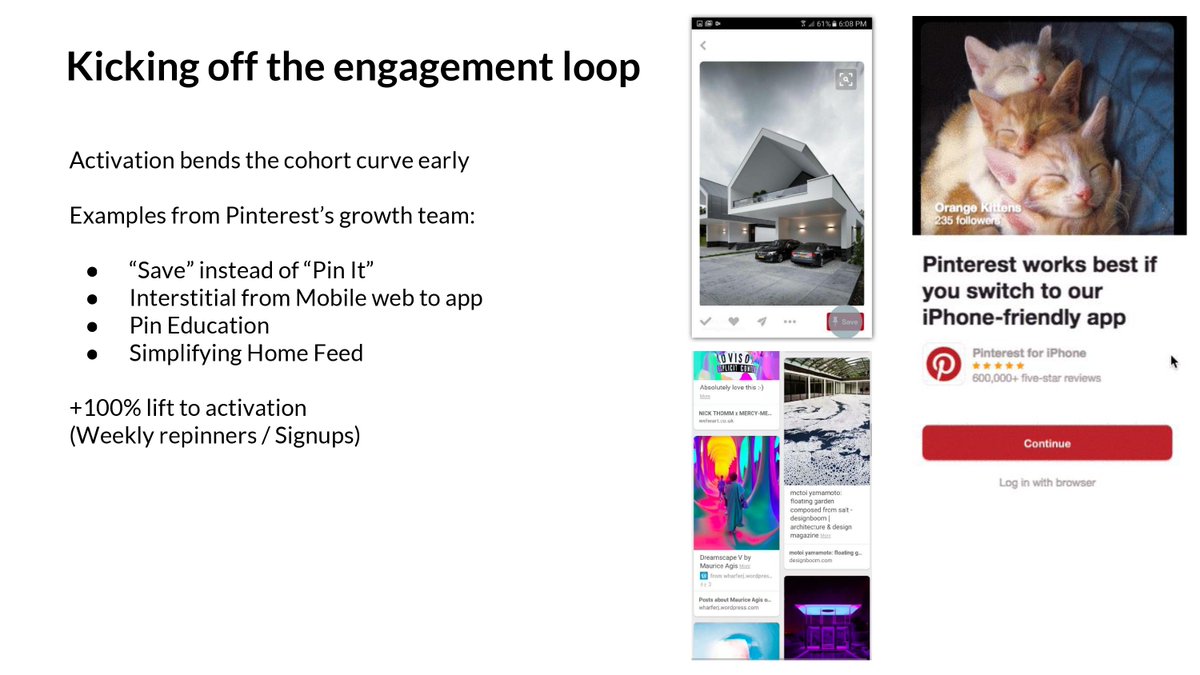
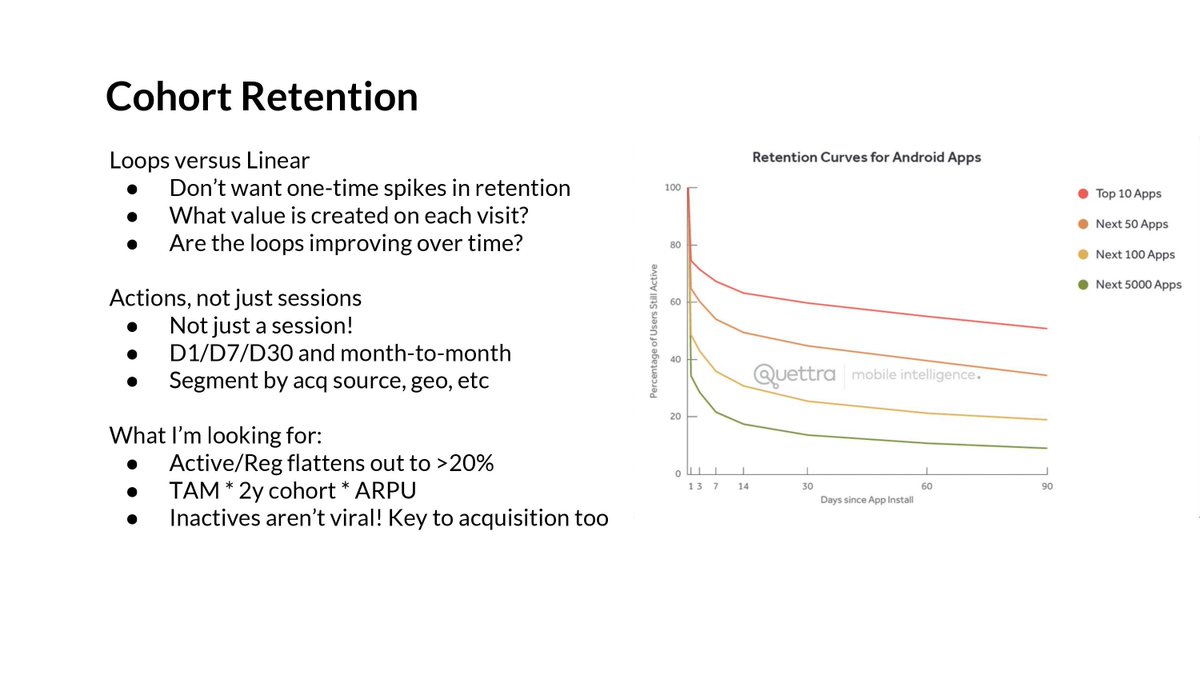
More from Startups
I have been doing individual posts on numbers every week so wanted to one big thread with all updates 👇🏽
Week
Transparency time:
— Sharath \U0001f4e3 (@5harath) February 12, 2021
It's been 24hrs @shoutoutso_ went to public launch \U0001f525
Some numbers:
\U0001f4b0 6 rockstars bought Pro, Pro Annual plans.
\U0001f4aa\U0001f3fd 168 signups.
\u2665\ufe0f 182 Shoutout walls created.
\U0001f465 160K Twitter impressions on launch thread.
Thank you for making it a huge day for us \U0001f64f\U0001f3fd pic.twitter.com/is9Z53trIh
Week
Transparency time: It's been 2 weeks since @shoutoutso_ launched to the public \U0001f525
— Sharath \U0001f4e3 (@5harath) February 25, 2021
Here are some highlights:
\U0001f451 18 rockstars paid customers
\U0001f4b0 $240 MRR
\U0001f4aa 426 signups and counting
\u2764\ufe0f 140 walls published
\U0001f3c6 #3 product @ProductHunt
Appreciate this community so much\U0001f64f\U0001f3fd pic.twitter.com/KmKCZdHqlJ
Week
Transparency time: Week 3 @shoutoutso_ \U0001f525
— Sharath \U0001f4e3 (@5harath) March 4, 2021
Here are some highlights:
\U0001f451 29 rockstar paid customers
\U0001f4b0 $460 MRR
\U0001f4aa 475 signups and counting
\u2764\ufe0f 163 walls published
\U0001f3c6 Launched on @ProductHunt(#3) @IndieHackers
Grateful for this amazing community for all the love and support \U0001f64f\U0001f3fd pic.twitter.com/MVGo0cfZJj
Week
Transparency time: It's been a month we launched @shoutoutso_ \U0001f525
— Sharath \U0001f4e3 (@5harath) March 11, 2021
Here are some highlights:
\U0001f451 36 rockstar paid customers
\U0001f4b0 $610 MRR
\U0001f4aa 516 signups and counting
\u2764\ufe0f 191 walls published
\U0001f3c6 @ProductHunt Maker Grant Award
Grateful for this amazing community for all the love \U0001f64f\U0001f3fd pic.twitter.com/1i7LxLU4Ap
You May Also Like
Hello!! 👋
• I have curated some of the best tweets from the best traders we know of.
• Making one master thread and will keep posting all my threads under this.
• Go through this for super learning/value totally free of cost! 😃
1. 7 FREE OPTION TRADING COURSES FOR
A THREAD:
— Aditya Todmal (@AdityaTodmal) November 28, 2020
7 FREE OPTION TRADING COURSES FOR BEGINNERS.
Been getting lot of dm's from people telling me they want to learn option trading and need some recommendations.
Here I'm listing the resources every beginner should go through to shorten their learning curve.
(1/10)
2. THE ABSOLUTE BEST 15 SCANNERS EXPERTS ARE USING
Got these scanners from the following accounts:
1. @Pathik_Trader
2. @sanjufunda
3. @sanstocktrader
4. @SouravSenguptaI
5. @Rishikesh_ADX
The absolute best 15 scanners which experts are using.
— Aditya Todmal (@AdityaTodmal) January 29, 2021
Got these scanners from the following accounts:
1. @Pathik_Trader
2. @sanjufunda
3. @sanstocktrader
4. @SouravSenguptaI
5. @Rishikesh_ADX
Share for the benefit of everyone.
3. 12 TRADING SETUPS which experts are using.
These setups I found from the following 4 accounts:
1. @Pathik_Trader
2. @sourabhsiso19
3. @ITRADE191
4.
12 TRADING SETUPS which experts are using.
— Aditya Todmal (@AdityaTodmal) February 7, 2021
These setups I found from the following 4 accounts:
1. @Pathik_Trader
2. @sourabhsiso19
3. @ITRADE191
4. @DillikiBiili
Share for the benefit of everyone.
4. Curated tweets on HOW TO SELL STRADDLES.
Everything covered in this thread.
1. Management
2. How to initiate
3. When to exit straddles
4. Examples
5. Videos on
Curated tweets on How to Sell Straddles
— Aditya Todmal (@AdityaTodmal) February 21, 2021
Everything covered in this thread.
1. Management
2. How to initiate
3. When to exit straddles
4. Examples
5. Videos on Straddles
Share if you find this knowledgeable for the benefit of others.
Legacy site *downloads* ~630 KB CSS per theme and writing direction.
6,769 rules
9,252 selectors
16.7k declarations
3,370 unique declarations
44 media queries
36 unique colors
50 unique background colors
46 unique font sizes
39 unique z-indices
https://t.co/qyl4Bt1i5x

PWA *incrementally generates* ~30 KB CSS that handles all themes and writing directions.
735 rules
740 selectors
757 declarations
730 unique declarations
0 media queries
11 unique colors
32 unique background colors
15 unique font sizes
7 unique z-indices
https://t.co/w7oNG5KUkJ

The legacy site's CSS is what happens when hundreds of people directly write CSS over many years. Specificity wars, redundancy, a house of cards that can't be fixed. The result is extremely inefficient and error-prone styling that punishes users and developers.
The PWA's CSS is generated on-demand by a JS framework that manages styles and outputs "atomic CSS". The framework can enforce strict constraints and perform optimisations, which is why the CSS is so much smaller and safer. Style conflicts and unbounded CSS growth are avoided.















